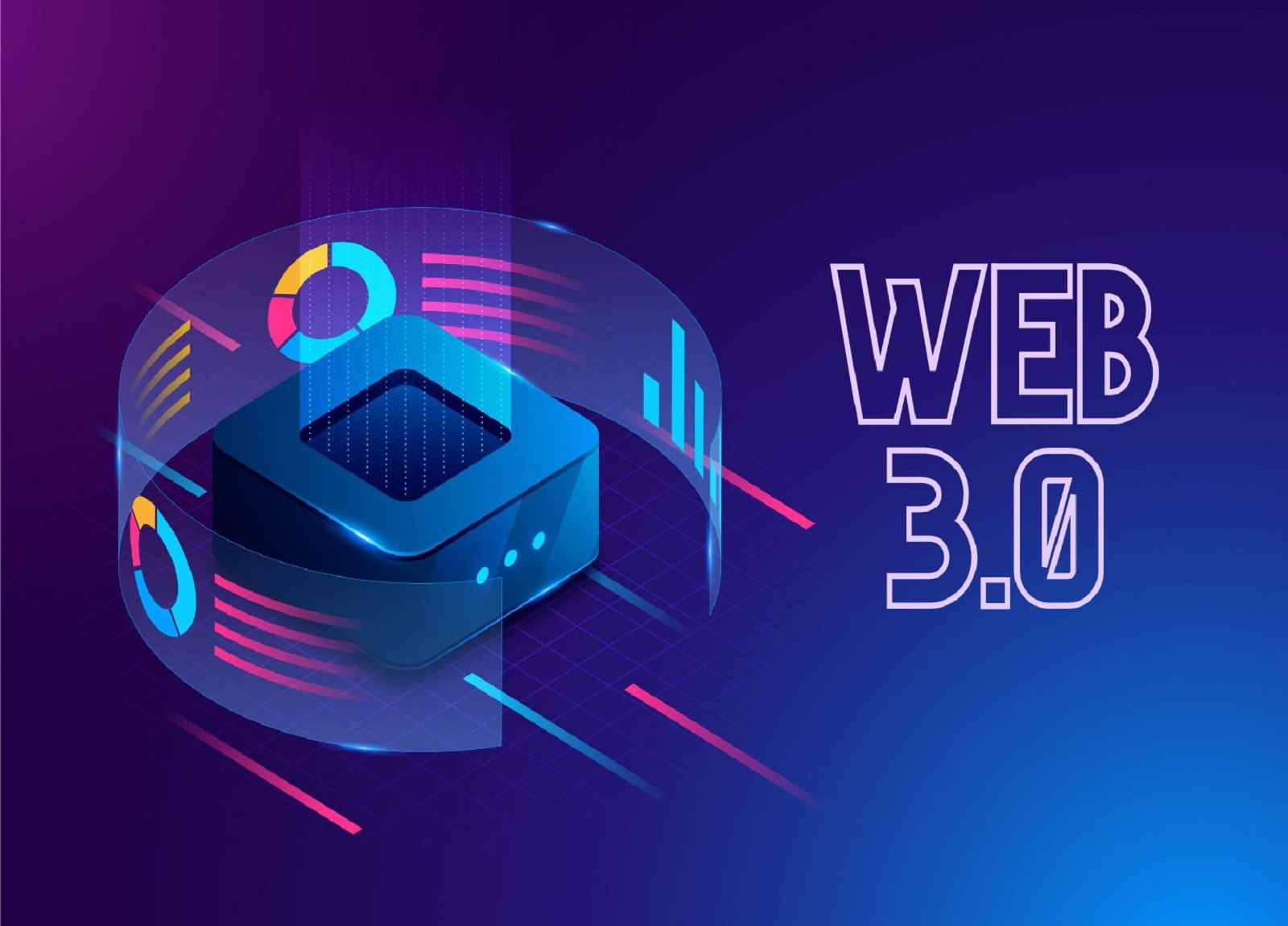
Web 3.0: A New Era of Decentralization and Interconnectivity
Web 3.0, often referred to as the “semantic web,” represents the next evolutionary phase of the internet, where data, applications, and services are interconnected in a more intelligent and decentralized manner. In this blog, we’ll delve into the concept of Web 3.0, its core principles, potential applications, and the paradigm shift it brings to the online world.
Understanding Web 3.0
Web 3.0 is a vision of the internet where data is not only interconnected but also understood by computers, enabling them to assist users in a more intelligent and intuitive way. This evolution involves integrating artificial intelligence, blockchain technology, decentralized protocols, and semantic data to create a more efficient and user-centric web experience.
Core Principles of Web 3.0
Semantic Web :
Decentralization :
Interoperability :
User-Centric Experience :
Potential Applications of Web 3.0
Decentralized Social Media
Social platforms on Web 3.0 can be decentralized, allowing users to have control over their data, privacy, and content. Blockchain can authenticate users and verify content, reducing fake news and enhancing transparency.
Intelligent Search and Recommendations
AI algorithms in Web 3.0 can provide highly accurate and personalized search results and recommendations based on a deep understanding of user behavior, preferences, and context.
Decentralized Finance (DeFi)
Web 3.0 facilitates DeFi applications, enabling peer-to-peer transactions, lending, borrowing, and asset management without the need for traditional financial intermediaries.
IoT and Smart Devices
Web 3.0 can enhance the Internet of Things (IoT) by allowing interconnected devices to communicate securely and autonomously, leading to smart homes, cities, and industries.
Healthcare and Personalized Medicine
AI-driven data analysis and interoperability in healthcare can lead to personalized treatment plans, efficient drug discovery, and improved patient outcomes.
Conclusion
Web 3.0 represents a paradigm shift towards a more intelligent, decentralized, and user-centric internet. By embracing the core principles of semantic web, decentralization, interoperability, and prioritizing the user experience, Web 3.0 has the potential to revolutionize how we interact with the digital world, unleashing a new era of innovation and connectivity. Stay tuned as we witness this exciting transformation and explore the vast opportunities it offers.
